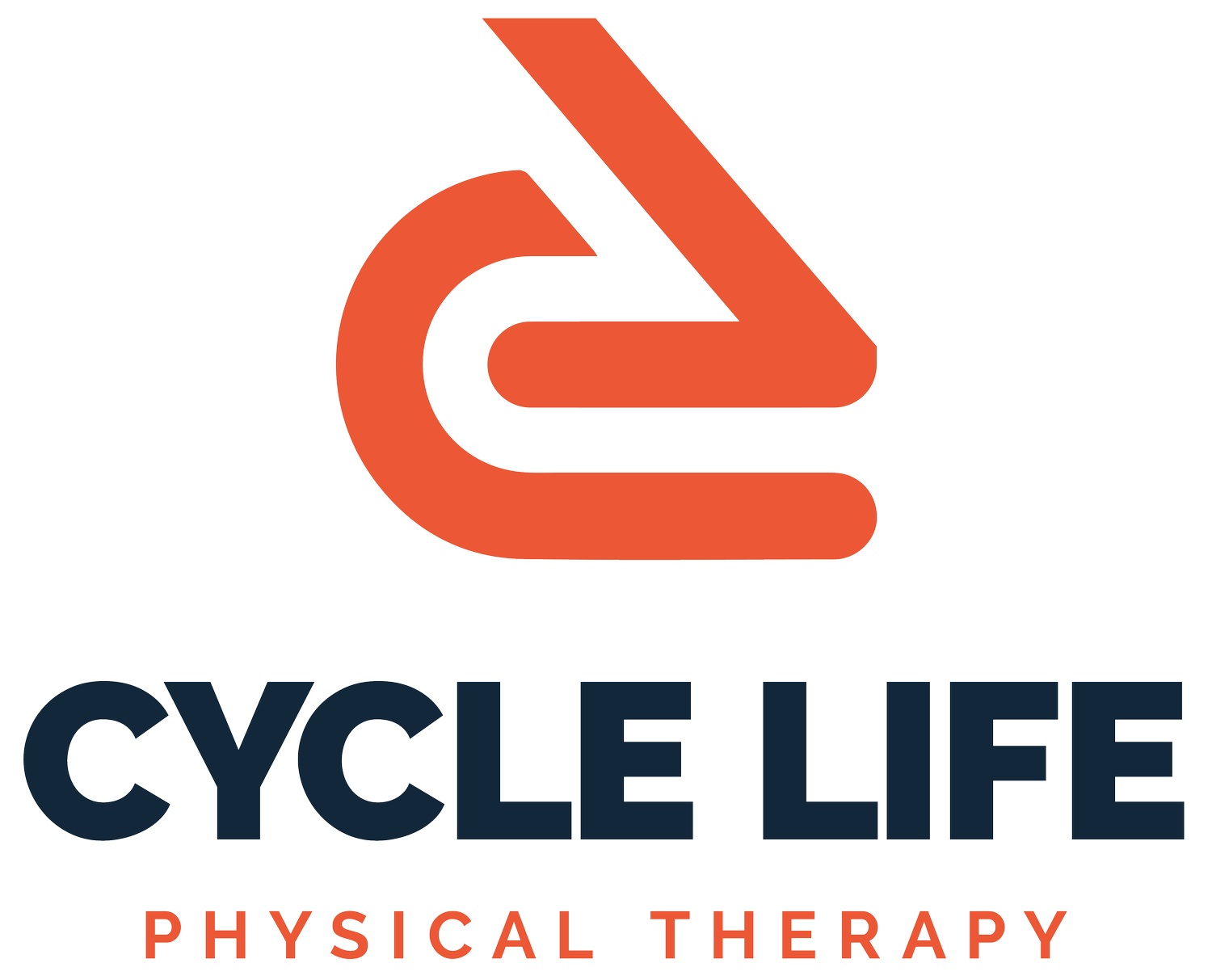Train through pain?
One of the hardest parts of training as a cyclist is knowing when to push through discomfort and when to listen to your body and pull back. Endurance sports are in many ways about pushing your body past it’s limit so you can get stronger and and improve, but sometimes this can lead to pushing past the point of discomfort and into the territory of injury. So how does a rider know when it is time to rest or shift their training? Read on to learn what to look out for when dealing with pain during your rides.
The first key is to make note of new pains as they arise. It isn’t unusual during the course of a ride or training session to feel small aches or pains come and go. However they should be relatively transient and should not rise to the point of moderate or severe pain.
Keeping an eye on areas that consistently become irritated during rides. If a spot is irritated every time you ride it is a good indicator that something is amiss and you should see a healthcare provider to determine what is going on.
Identify when during your ride the pain is happening can give your or a healthcare provider clues as to what is going wrong. If a pain is always during climbs or sprints, early ina ride vs late, or only when seated vs standing all help differentiate.
Pain the does not stop after a ride is another indicator that there is something aside from just a bike fit or training issue that needs to be addressed.
Pain in structures that aren’t muscle such as joints, tendons, and bony areas should raise some yellow flags for riders as well. While there can be some mild discomfort in these structures during the course of normal training having consistent or increasing pain could mean and injury is developing and you should seek care.
Muscle soreness and discomfort with new or increased training is normal, however, so long as you ramp up in a manner consistent with your experience and abilities. Expect some fatigue and soreness after longer or harder rides, but this should not last more than a day or two at most!
Working with a coach or using guidance from a provider like Cycle Life PT can help to ensure your training doesn’t outpace your bodies ability to adapt.!
By using these tips to keep tabs you will be able to ride farther and faster than ever with less pain. Consulting with a provider used to treating cyclists and endurance athletes will help to keep your from developing injuries that could limit you from enjoying time on your bike. Cycle Life Physical Therapy is a good first provider to assess musculoskeletal injury so you don’t waste time between multiple appointments with providers before getting to the rehab process.

